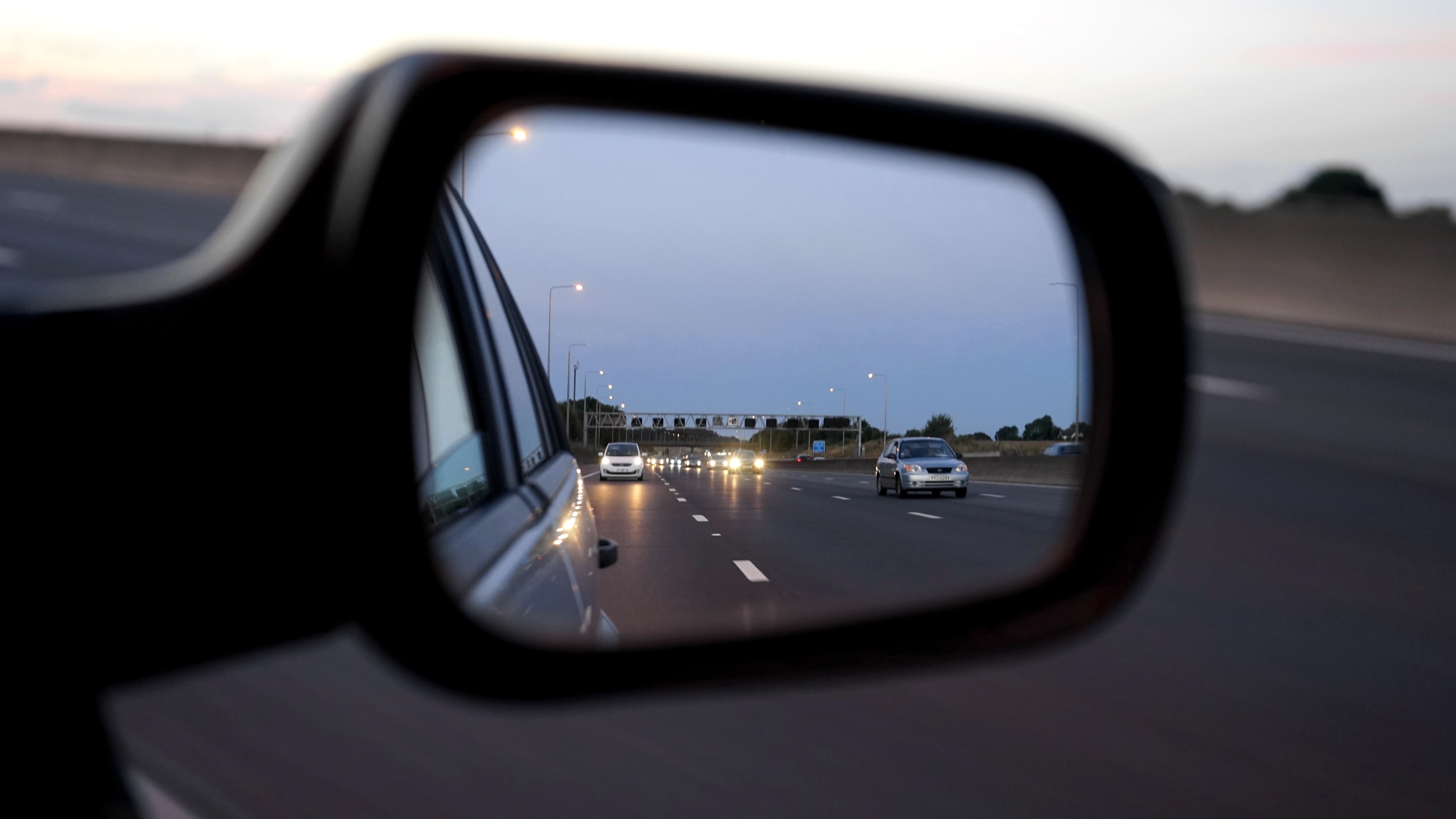Parents are creating a ‘backseat generation’ of kids who don’t walk to school even if they live nearby, new research shows.
Time-poor mums and dads are combining the school run with the work commute and other errands (a practice called ‘trip chaining’) meaning that kids aren’t getting the chance to walk to school.
A whopping 60 per cent of primary schoolchildren don’t walk or ride to school, according to new Australian Catholic University research published in the Journal of Transport & Health.Most parents – including those living less than 750 metres from their school – are dropping their kids off by car.
As hundreds of thousands of schoolchildren return to classrooms around Australia, active travel expert Alison Carver has urged parents and schools to do everything they can to get kids moving.
Dr Carver, from ACU’s Mary MacKillop Institute for Health Research, said a survey of 700 Victorian households found convenience played a key role in parents stopping their children from making their own way to school.
“We have created a backseat generation,” Dr Carver said.
“It is quite shocking how many within 750 metres of the school gates are still being driven but we know there are several factors behind this including parents fitting pick-ups and drop-offs into their busy schedules, and the walkability of their neighbourhood.”
Dr Carver was the lead author on the report, which included a team of researchers from RMIT and the University of Melbourne, that analysed travel patterns of primary school families who lived within 2km of their school.
She said parents needed to stop and think about how their children’s journeys were influenced by others in the household.“Dropping children off at school by car on the parent’s way to work may be convenient but children miss out on mental and physical health benefits,” she said.“We are doing more harm than good by driving our children instead of supporting them to walk, cycle or scoot all or part-way to school.
“Children who do not walk or cycle to school do not tend to walk or cycle much to other destinations.”
Physical inactivity has been linked to an increased risk of lower bone density and chronic diseases such as cancer, mental health and cardiovascular disease later in life.
Dr Carver wants safe drop-off and pick-up zones to be created within 800 metres of primary schools to give children access to an extra 20 minutes of physical activity each day.
Research also shows that only one in five children meet the recommended level of 60 minutes of physical activity every day.








